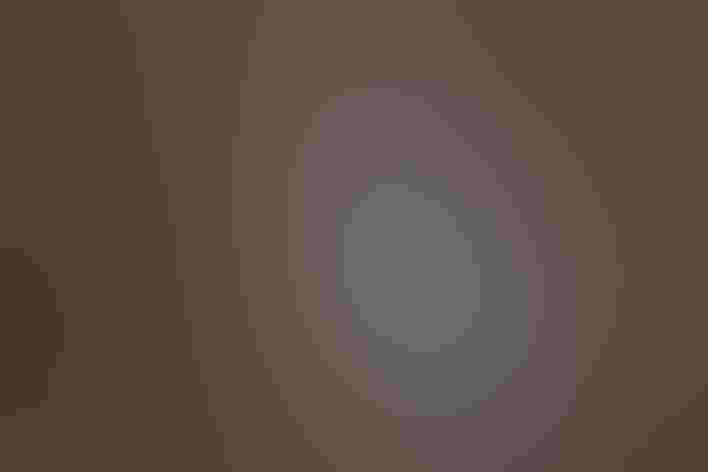Iceland Gull
At a Glance
A pale northern gull, about the size of American Herring Gull but more graceful and maneuverable in flight. Despite its name, it occurs in Iceland only during the winter. The typical white-winged form nests only in Greenland, while the "Kumlien's" form, with gray in the wingtips, nests in northeastern Canada and winters mostly in eastern Canada and the northeastern United States. The "Thayer's" form, considered a separate species until recently, nests in far northern Canada and winters mainly along the Pacific Coast. The latter two forms seem to intergrade where their nesting ranges come in contact in the Baffin Island region of Arctic Canada.
All bird guide text and rangemaps adapted from Lives of North American Birds by Kenn Kaufman© 1996, used by permission of Houghton Mifflin Harcourt Publishing Company. All rights reserved.
Category
Gull-like Birds, Gulls and Terns
IUCN Status
Least Concern
Habitat
Coasts and Shorelines, Freshwater Wetlands, Lakes, Ponds, and Rivers, Landfills and Dumps, Open Ocean, Saltwater Wetlands, Tundra and Boreal Habitats
Region
Alaska and The North, Eastern Canada, Florida, Great Lakes, Mid Atlantic, New England, Plains, Southeast, Western Canada
Behavior
Direct Flight, Swimming
Population
220.000
Range & Identification
Migration & Range Maps
Eastern populations winter mostly in coastal eastern Canada (from Labrador south to New England) and around Iceland, with smaller numbers on the Great Lakes and in northwestern Europe. Those from central Arctic Canada (“Thayer’s” type) mostly migrate southwest to winter along the Pacific Coast.
Description
23" (58 cm). Variable, with western birds (formerly classified as "Thayer's Gull") darker than those farther east. Most in the east are "Kumlien's" type, with adult wingtips usually marked with gray, sometimes pure white; eyes usually dull yellow. Immatures vary from pale brown to whitish, with very pale wingtips. Smaller than Glaucous Gull, with much smaller, thinner bill that is all blackish at first. Western "Thayer's" type is darker. Adult similar to American Herring Gull but smaller, with shorter bill, dark eyes, less black in wingtip. Immatures also like American Herring Gull but with paler wingtips. Glaucous-winged X Western Gull hybrid can be very similar but with thicker bill.
Size
About the size of a Mallard or Herring Gull
Color
Black, Gray, Pink, Red, Tan, White, Yellow
Wing Shape
Broad, Pointed, Tapered
Tail Shape
Rounded, Short, Square-tipped
Songs and Calls
Like American Herring Gull, a variety of croaks, squeaks, and screams.
Call Pattern
Falling, Flat
Call Type
Raucous, Scream
Habitat
Coastal, less frequent inland. During most seasons found in coastal regions, both in protected bays and estuaries and well offshore. Some occur in winter on Great Lakes and other large bodies of water inland. Nests on rocky cliffs, mostly in protected bays and fjords rather than on exposed coastline.
Sign up for Audubon's newsletter to learn more about birds like the Iceland Gull
Behavior
Eggs
2-3. Buff to olive, blotched with darker brown. Incubation is probably by both sexes; incubation period unknown.
Young
Both parents probably feed young. Age of young at fledging not known.
Feeding Behavior
Forages in flight by dipping to surface of water to pick up items or by plunging to just below surface; also feeds while swimming or walking.
Diet
Mostly fish. Aside from a variety of small fish, also feeds on mollusks, crustaceans, carrion, berries, seeds. Around colonies of smaller seabirds, may take eggs or young, and often scavenges dead young birds. Also may feed on refuse around garbage dumps, docks, fishing boats.
Nesting
Breeding behavior not well known. Probably does not breed until four years old. Nests in colonies, often in same colonies with Black-legged Kittiwakes, sometimes with Glaucous Gulls. In such mixed colonies, Iceland Gulls usually nest higher than kittiwakes, lower than Glaucous Gulls. Nest site is usually on ledge of a cliff facing the sea. Nest (probably built by both sexes) is a bulky mound of grasses, moss, and debris, with a shallow depression at the top.
Conservation
Conservation Status
Mostly remote from effects of human activities. Populations apparently stable or perhaps increasing. Numbers wintering in New England seem to have increased during the last century or so.
Climate Threats Facing the Iceland Gull
Choose a temperature scenario below to see which threats will affect this species as warming increases. The same climate change-driven threats that put birds at risk will affect other wildlife and people, too.














